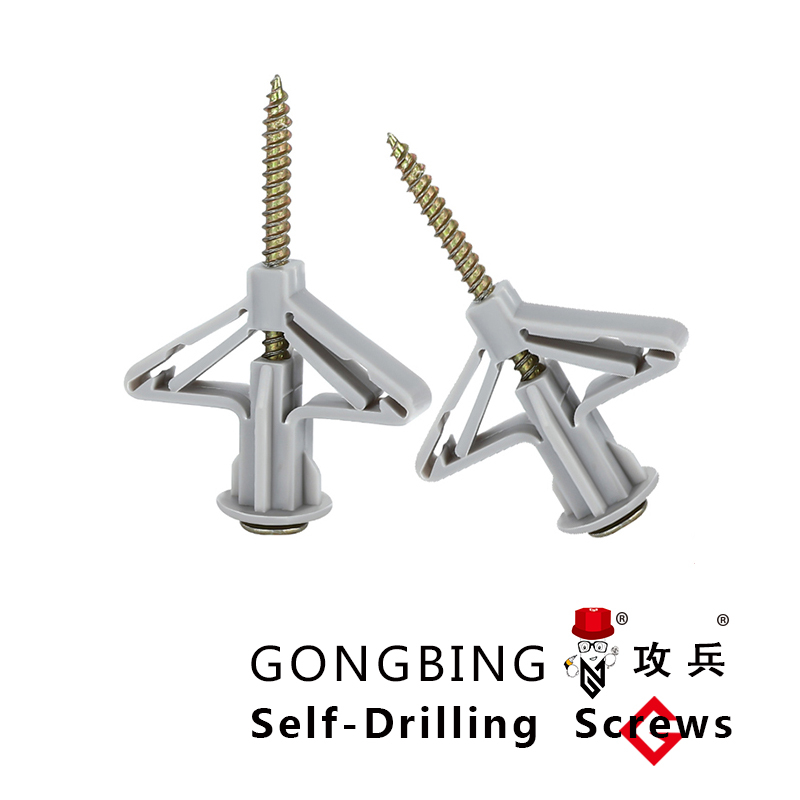expansion wedge anchor
Understanding the Expansion Wedge Anchor A Comprehensive Guide
In the realm of construction and engineering, the choice of anchoring systems is critical for ensuring the stability and safety of structures. Among the various anchoring solutions available, the expansion wedge anchor stands out due to its versatility, reliability, and ease of use. This article aims to provide an in-depth understanding of the expansion wedge anchor, its applications, advantages, and installation methods.
What is an Expansion Wedge Anchor?
An expansion wedge anchor is a fastener designed to attach structures or fixtures to concrete surfaces. Composed of a core, a wedge, and a nut, the expansion anchor operates through a unique mechanism that facilitates secure anchoring within concrete. When the anchor is inserted into a pre-drilled hole and tightened, the wedge expands against the concrete, creating a strong grip that is resistant to pullout forces.
Applications
Expansion wedge anchors are widely used across various industries due to their robust performance. Common applications include
1. Construction They are often utilized for securing structural elements such as beams, columns, and walls. 2. Manufacturing In industrial settings, expansion anchors can fasten machines and equipment to the floor. 3. Lighting and Signage These anchors are ideal for mounting heavy fixtures, such as lighting and signage, where stability is crucial. 4. Home Improvement DIY enthusiasts frequently use expansion wedge anchors for installing shelves, cabinetry, and outdoor fixtures.
Advantages of Expansion Wedge Anchors
expansion wedge anchor

The popularity of expansion wedge anchors can be attributed to several key advantages
1. High Load-Bearing Capacity Expansion wedge anchors can support substantial loads, making them suitable for critical applications that require reliable anchoring. 2. Versatile Use They work well with various structural materials, although they are primarily designed for concrete. 3. Easy Installation The installation process is straightforward, requiring basic tools and minimal expertise. 4. Resistance to Environmental Factors Many expansion anchors are made from corrosion-resistant materials, enhancing their durability in outdoor and harsh environments.
Installation Process
The installation of an expansion wedge anchor involves several important steps
1. Select the Appropriate Size It is vital to choose the right size and length of the anchor based on the load requirements and the thickness of the concrete. 2. Drill the Hole Using a hammer drill and a concrete bit, create a hole in the concrete surface. The depth and diameter of the hole should match the specifications for the anchor being used. 3. Clean the Hole Remove any dust or debris from the hole to ensure a secure fit. This can be done using a wire brush or compressed air. 4. Insert the Anchor Place the wedge anchor into the hole, ensuring it is straight and positioned correctly. 5. Tighten the Nut Using a wrench, tighten the nut on the anchor. As the nut is tightened, the wedge will expand against the walls of the hole, securing the anchor in place.
Conclusion
In conclusion, the expansion wedge anchor is an essential component in various construction and anchoring applications. Its ability to deliver a strong, reliable hold in concrete makes it invaluable for both professional and DIY projects. Understanding how to effectively use expansion wedge anchors can enhance the safety and stability of any construction endeavor, ensuring that structures remain secure for years to come.
-
Weatherproof Plastic Expansion Anchors for OutdoorNewsJun.06,2025
-
Sustainability in the Supply Chain: Eco-Friendly TEK Screws ProductionNewsJun.06,2025
-
Load-Bearing Capacity of External Insulation FixingsNewsJun.06,2025
-
Double Head Bolts: Enhancing Efficiency in Industrial MachineryNewsJun.06,2025
-
Corrosion Resistance in Chipboard Screws: Coatings for Wholesale DurabilityNewsJun.06,2025
-
Butterfly Toggle Bolts : Enhancing Structural ResilienceNewsJun.06,2025
